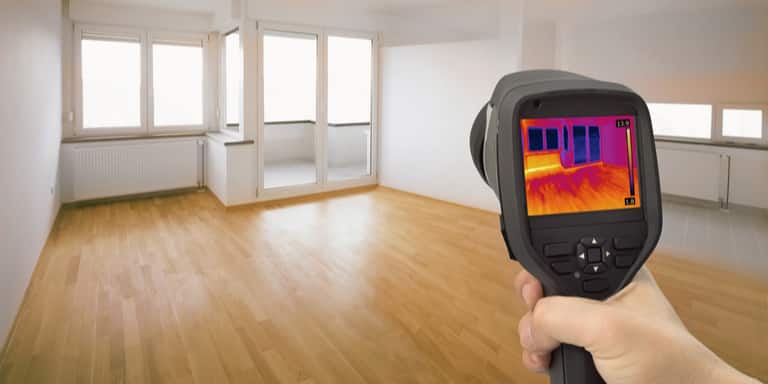11/12/2020
Durability is one of the benefits of sustainable construction
This article is not about positives and negatives. All materials have their advantages and disadvantages, the key is knowing how to choose which ones are best for us. In the construction of a building, this question should be answered following the criterion of sustainability. How can we know which is the least polluting product if we take into account its complete life cycle?
EPD certification and the benefits of sustainable construction
The construction sector is ready and prepared to meet the demands of sustainability and resilience that the planet needs. The technological innovations and development of new products that have taken place in recent years are proof of this: we want to build buildings that in turn build a better world.
Construction based on environmental criteria has to take into account the life cycle of the products. The life cycle of materials matters. It matters a lot. The environmental impact of construction cannot be measured only when a building is being constructed. That would be cheating. This sector has an impact on the environment much earlier: from when the necessary materials begin to be produced. Finally, the use of the building must also be taken into account, a stage during which the greatest amount of energy consumption and maintenance will take place.
To ensure its sustainability, the EPD certification (environmental product declarations) has been developed, which makes it possible to carry out a study of the amount of carbon emissions that each product contributes to the project, thus evaluating the life cycle of all parts involved in the project.
These environmental declarations provide a reliable, relevant, transparent, comparable and verifiable environmental profile that enables an environmentally friendly product to be highlighted, based on life cycle information in accordance with international standards and quantified environmental data.
The benefits of sustainable construction for the environment are remarkable, but also for the manufacturer or for the builders since it allows companies to communicate the environmental performance of their products and services.
In addition, having the EPD certification opens doors to other markets since it is an internationally recognised environmental declaration. This makes it easier for organisations to market and export their products.
The benefits of sustainable construction in the maintenance of facades
How does a material get environmental certification? The EPD is a product certification by which the manufacturer, through an accredited external laboratory, analyses the manufacturing process of its product from the selection process of raw materials to its installation in the building where it will finally be used. Among other things, guaranteeing its durability and minimum maintenance. The ventilated facade, for example, has been consolidated with a great acceptance among architects and developers, because of its high quality, the aesthetic possibilities it offers and its indisputable advantages in thermal and acoustic insulation.
The durability of this type of facade will be determined by the type of exterior panel selected and its guarantee, as well as by the type of fixing on the profile and main support.
The chemical fixings between panels and profiles have advantages in terms of durability that make these systems more sustainable construction solutions and in accordance with sustainability standards.
Another type of product that can boast the EPD certification are some chemical fixing systems.. A good sealing of the facade is essential to guaranteeing the sustainability of a building. It prevents the entry of water, contamination, dust and other external agents inside the facade and the building, which cause damage and spoil the insulation if it is not done professionally and with the best products.
Quilosa’s SATE system (exterior thermal insulation system) is an excellent example of what we have been talking about. This fixing system not only reduces installation time and the consumption of materials on site, but also minimises the risk of condensation, is impervious to rainwater, but at the same time permeable to water vapour. In addition, it is a system that reduces the generation of waste on site, thus contributing to the circular economy. All this means that it minimises carbon emissions throughout its life cycle and, therefore, has the EPD certification.
The construction sector has its sights set on sustainability and causing the least possible impact on the environment. Choosing new technologies and efficient and ecological materials is necessary to respond to the planet’s environmental demands.
Source: Sustainable Construction Agenda




